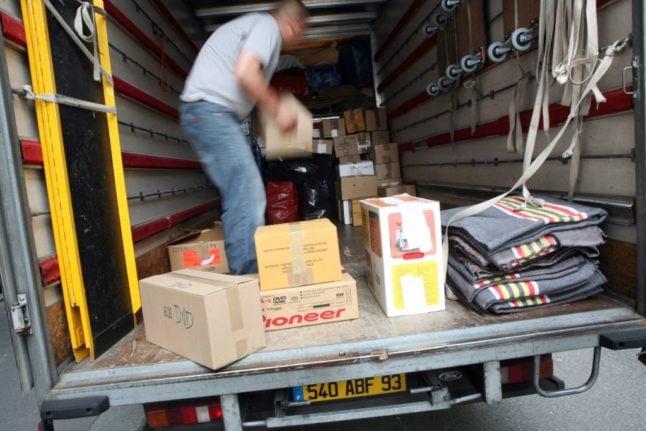Swiss Post estimates that 600,000 people relocated within Switzerland in 2023 – so not counting those who moved into or left the country altogether. The service says it received a change of address notification in over 90 percent of these cases.
One and two-person households were the most likely to move – with likelihood decreasing the larger the household is.
Perhaps not surprisingly, younger people – those between 18-49 years of age – are also more likely to move.
Most relocators don’t go far, though—82 percent stay in the same canton or even the same town.
Also, high summer and autumn tend to be particularly popular times to move – with July, September, and October being the busiest months for relocation in Switzerland.
READ ALSO: Six things to consider before moving to Switzerland



 Please whitelist us to continue reading.
Please whitelist us to continue reading.
Member comments